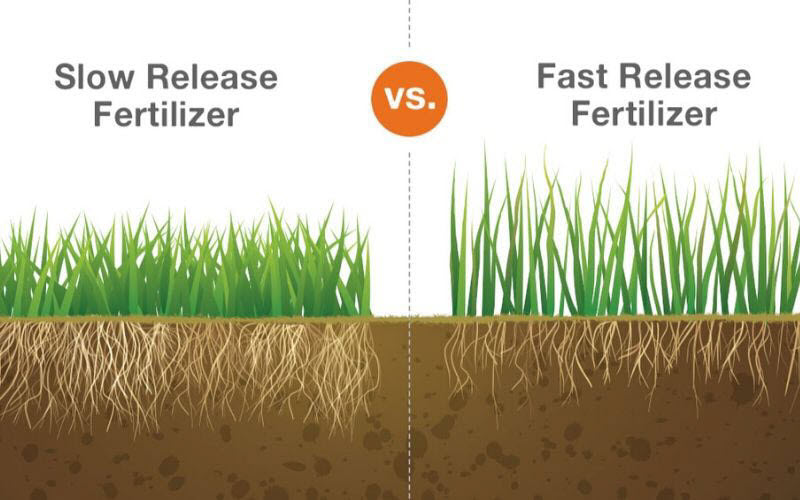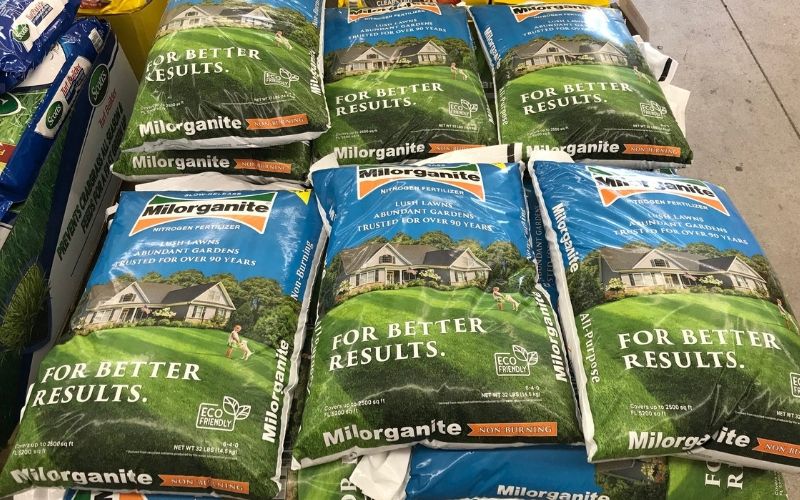Using Milorganite® on Vegetables and Fruits

Looking for the biggest, tastiest tomatoes? Juicy red strawberries? Crunchy carrots? Milorganite has been trusted by gardeners to help nurture their gardens for incredibly abundant fruit and vegetable harvest year after year.
What sets Milorganite apart from other types of fertilizer is its slow-release nitrogen. It feeds plants evenly and gradually, the way plants like it. It promotes strong roots, which in turn provides for sturdy stems, lush foliage, and a plentiful harvest. Applied at proper rates, Milorganite provides the right amount of slow-release nitrogen when it’s needed.
Other high-nitrogen fertilizers encourage rapid, unnecessary top growth, which stresses plants considerably. There may be lots of new branches and leaves, but the roots can’t keep up with the growth. The nutrients diverted to leaf growth reduces flowering and fruit production. Stressed plants are also more susceptible to pests and diseases.
Milorganite complies with the most stringent safety requirements and can safely be used in your edible garden.
Garden Articles
Garden Videos
Related Garden Tips

Organic vs. Synthetic Fertilizer
Learn the differences and benefits of organic and synthetic fertilizers.







